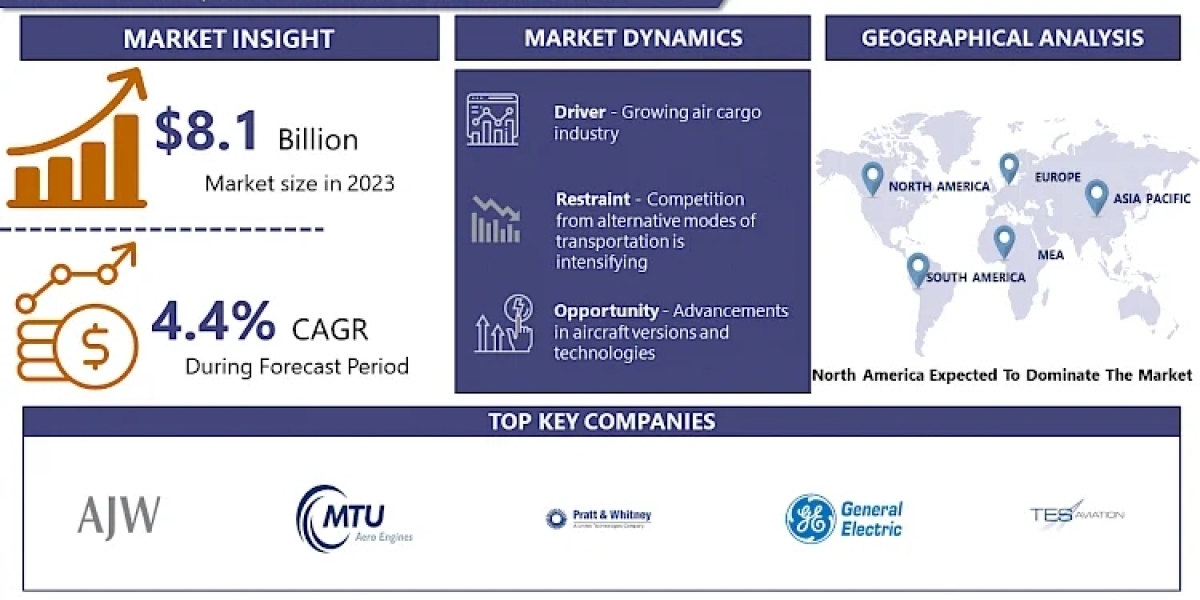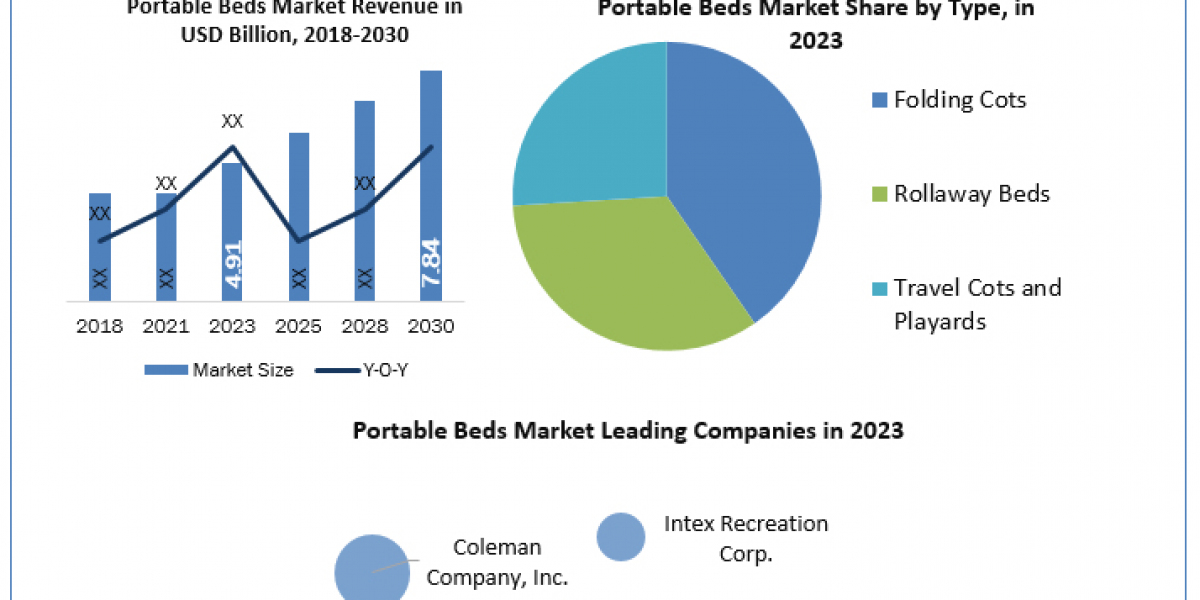Introduction: In recent years, robotics has witnessed tremendous growth, with machines becoming increasingly capable of performing complex tasks. At the heart of this transformation lies robotics software, a crucial component that enables machines to perceive their surroundings, make intelligent decisions, and carry out physical actions. In this paper, we will explore the significance of robotics software, its key components, and its impact on various industries.
The Role of Robotics Software: Robotics software serves as the brain of robotic systems, allowing them to interact with the world and perform tasks with precision and efficiency. It provides the necessary algorithms, libraries, and tools to facilitate perception, planning, control, and communication in robots. By leveraging robotics software, machines can navigate through complex environments, manipulate objects, and execute tasks autonomously.
Key Components of Robotics Software:
Perception: Perception is crucial for robots to understand and interpret their surroundings. Robotics software employs various techniques such as computer vision, depth sensing, and sensor fusion to enable robots to gather data from their environment. These algorithms allow robots to recognize objects, detect obstacles, and perceive spatial information.
Planning and Decision-Making: Robotics software includes planning and decision-making algorithms that enable robots to generate optimal or near-optimal paths and sequences of actions. These algorithms consider various factors such as task objectives, robot capabilities, and environmental constraints to devise efficient plans. Planning algorithms can be deterministic or probabilistic, and they play a vital role in enabling robots to navigate and accomplish complex tasks.
Control: Control algorithms translate the planned actions into actual robot movements. They ensure precise and coordinated execution of tasks, taking into account the dynamics and limitations of the robot's actuators and sensors. Control algorithms encompass areas such as motion control, force control, and impedance control, enabling robots to perform tasks with accuracy and dexterity.
Communication and Human-Robot Interaction: Robotics software also facilitates communication and interaction between robots and humans. Human-Robot Interaction (HRI) techniques, such as natural language processing and gesture recognition, enable intuitive communication and collaboration between humans and robots. These capabilities are crucial for tasks that require close collaboration between robots and human operators.
Impact of Robotics Software:
Industrial Automation: Robotics software has revolutionized industrial automation by enabling robots to perform repetitive and dangerous tasks with precision and efficiency. In manufacturing, robots equipped with advanced robotics software can handle assembly, welding, and material handling tasks, enhancing productivity and worker safety https://binerals.com/blog/how-to-build-ai-software.
Healthcare and Assistive Robotics: Robotics software plays a pivotal role in healthcare and assistive robotics. Robots equipped with specialized software can assist in surgical procedures, provide physical therapy, and aid individuals with disabilities in daily activities. These applications improve patient care, enhance rehabilitation outcomes, and alleviate the burden on healthcare professionals.
Logistics and Warehousing: Robotics software has transformed the logistics and warehousing industry by enabling autonomous robots for order picking, sorting, and inventory management. These robots can navigate complex warehouse environments, locate and retrieve items, and optimize logistics operations, leading to improved efficiency and cost savings.
Exploration and Space Missions: Robotics software is instrumental in space exploration missions, where robots are deployed in harsh and challenging environments. Software algorithms enable robots to navigate unknown terrains, collect scientific data, and assist in maintenance and repairs. These applications expand our understanding of the universe and pave the way for future space exploration.
Conclusion: Robotics software is the foundation upon which intelligent robotic systems are built. It enables machines to perceive, plan, control, and interact with the world around them, empowering them to perform tasks that were once limited to human capabilities. With advancements in robotics software, we can expect robots to continue to enhance productivity, improve safety, and contribute to various industries. As technology progresses, the potential applications of robotics software will expand, revolutionizing fields such as healthcare, manufacturing, logistics, and exploration. The future holds immense possibilities as robotics software continues to shape our world and usher in a new era of intelligent machines.









